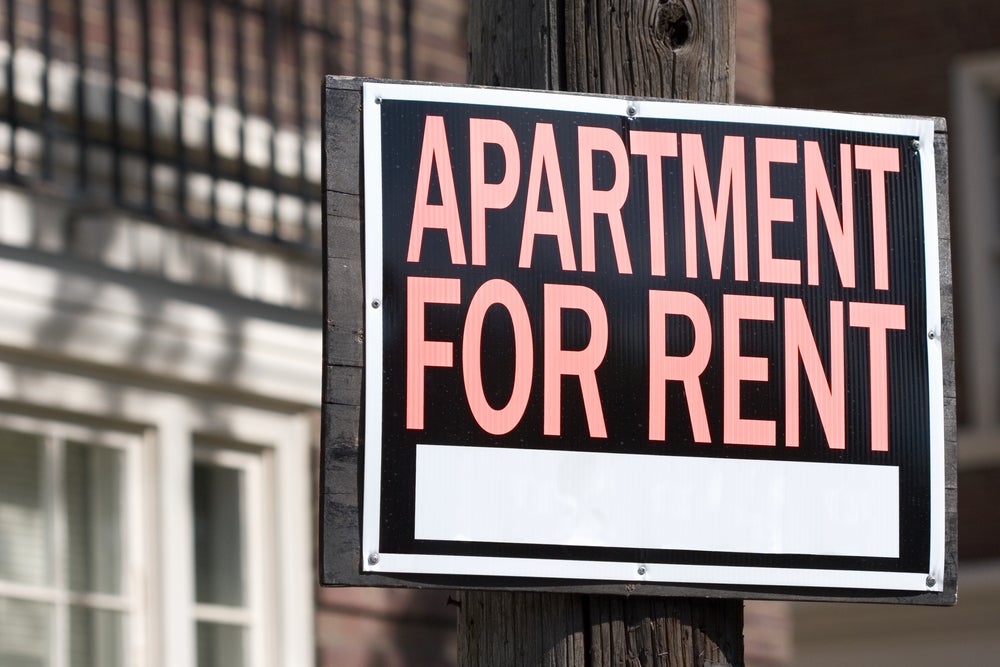The last two years have been exceptional for multifamily investors. But, despite the demand fueled by a lack of home inventory and rising mortgage interest rates, rent growth is slowing, and investors are seeing rising property taxes, expensive loans and rising insurance costs as detriments to their investment income.
The recently released January report from Yardi Matrix, which provides data to property managers, backs those fears, with multifamily rents remaining flat at $1,701 in January, though up 5.5% year over year. Occupancy also declined but still hovers around the 95% mark. According to a report from accounting firm KPMG International Ltd., the rise and fall of rents, occupancy and subsequent income may come down to where properties are located.
Tom McGuiness, global leader of Family Business for KPMG Private Enterprise, says taxes will also play a significant role in the success of multigenerational ownership. “Location can make a world of difference. Tax-efficient transfers between generations can leave wealth in the hands of entrepreneurial families to invest in profit-producing activities, and that can help stimulate job creation and innovation for future generations,” he said.
Yardi’s report shows rent growth continued to decline year over year and was 70 basis points below the rate in December. Again, depending on location, some cities saw continued large leaps in rent, including Indianapolis (up 10.5%), San Jose, California, (8.1%), Miami (7.5%) and Kansas City, Missouri, (8.3%). Smaller cities and regions like Albuquerque (10.2%), Northern New Jersey (7.9%), St. Louis (7.2%) and Salt Lake City (7.0%) also beat national averages.
Some believe the shine is off many Sun Belt markets, including Joe Biasi, strategic consultant at CoStar Advisory Services, who told GlobeSt.com that Sun Belt rent growth is experiencing a less-than-inspiring 0.04% growth.
He also pointed to the fact that transaction volume reflects slowing rent growth that saw, for the first time since 2015, Sun Belt multifamily transaction volume decrease throughout 2022. “Investors are looking at these markets like Phoenix and Raleigh (North Carolina) and see that their rent growth expectations have gotten turned on their head,” Biasi said. “There is no rent growth, and the exits don’t look good either.”
He expects this trend to continue into 2024 but added, “Just because investors are taking a pause now doesn’t mean that is permanent.”
The good news for multifamily investors is that although rents are flattening and occupancy is not rising at the rate seen two years ago, renters stayed put in 2022. But Yardi reports that those numbers are also trending in the wrong direction for owners bringing existing tenants up to the level of the asking rents. Yardi says it is likely that growth will continue to decelerate, with tenants shopping around for lower rents.
Read next: These Short-Term Real Estate-Backed Securities Consistently Produce Average Returns of 10.5%
Looking for a way to boost returns? Benzinga’s Real Estate Offering Screener has the latest private market investments with offerings available for both accredited and non-accredited investors.
Image and article originally from www.benzinga.com. Read the original article here.

